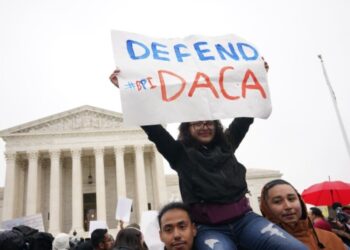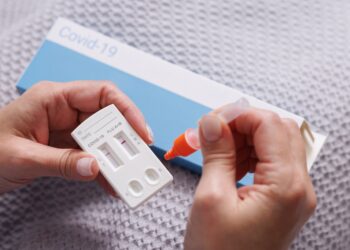While the movement to increase awareness of neurodiversity has been around since the 1990s, you might be hearing the term “neurodiverse” in conversations, news stories or even on your social media feeds more frequently in recent years. Neurodiversity diagnoses in adults has been on the rise, and more people today are self-diagnosing as neurodivergent, some because they can’t get a diagnosis from a health care provider.
One of those people struggling to get the assessment and treatment they feel they need is LAist’s Weekend Edition host Julia Paskin.
“Many of us (myself included) have spent years living with a core belief that we are inherently ‘broken,’” she said. “So, to discover that no, we are not broken but different, and not alone, can be a tremendous relief. It’s also angering to think about how long you may have struggled personally and professionally because you lacked support.”
This series from LAist’s daily news show AirTalk explains the complexities of neurodiversity, our history of understanding it as a society, why awareness surrounding it has increased recently and how people who are neurodivergent interact with the world and communicate with others.
We invite you to listen to those conversations:
The spectrum, provider shortages and self-diagnosis
Neurodiversity is a term that has become ubiquitous in the past couple of years. It was first coined in 1997 by sociologist Judy Singer to explain a span of cognitive and neurological differences in the human brain. The term encompasses everything from Tourette’s syndrome and dyslexia to autism and ADHD.
While there is lots of research on these disorders, the focus tends to be…
Read the full article here







